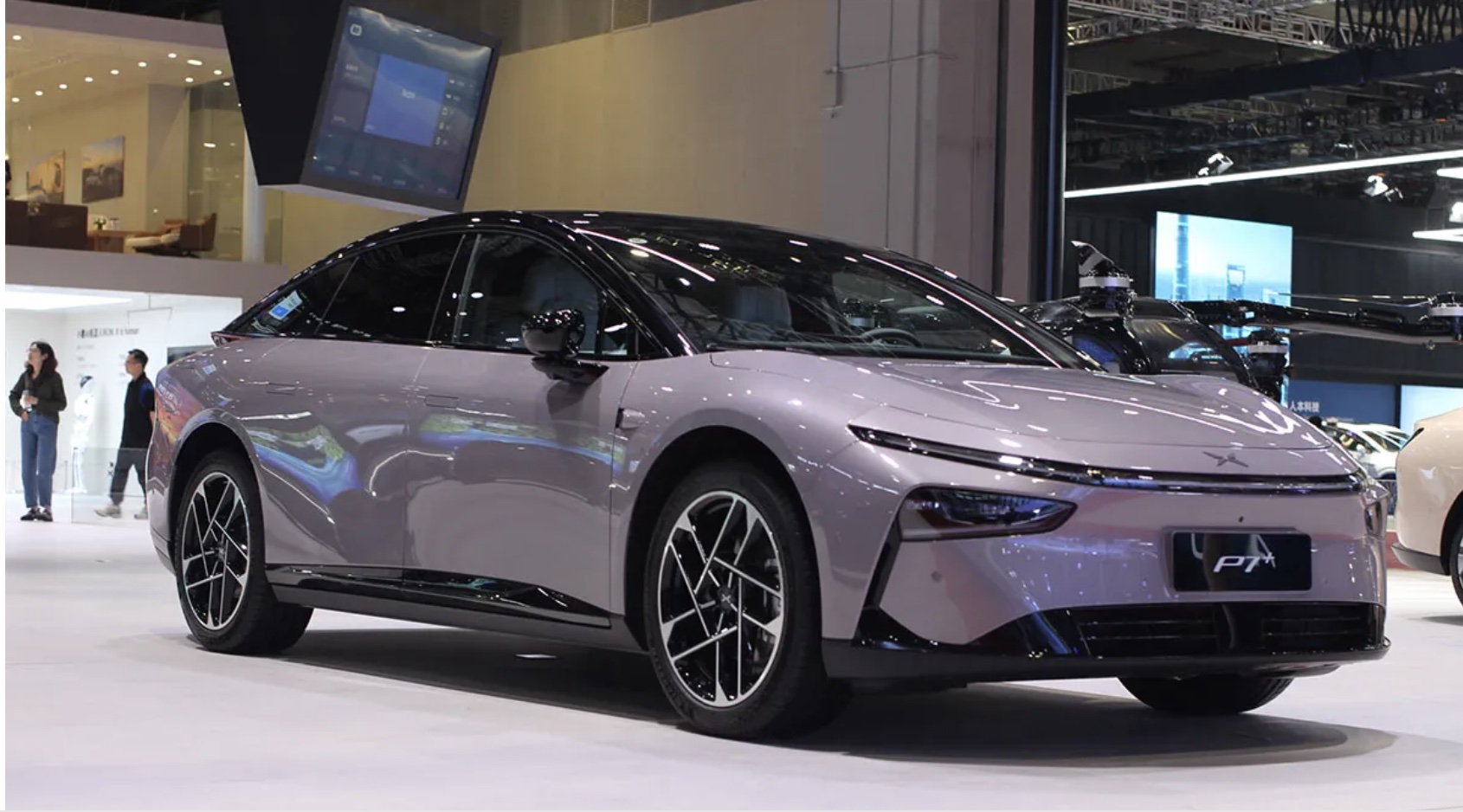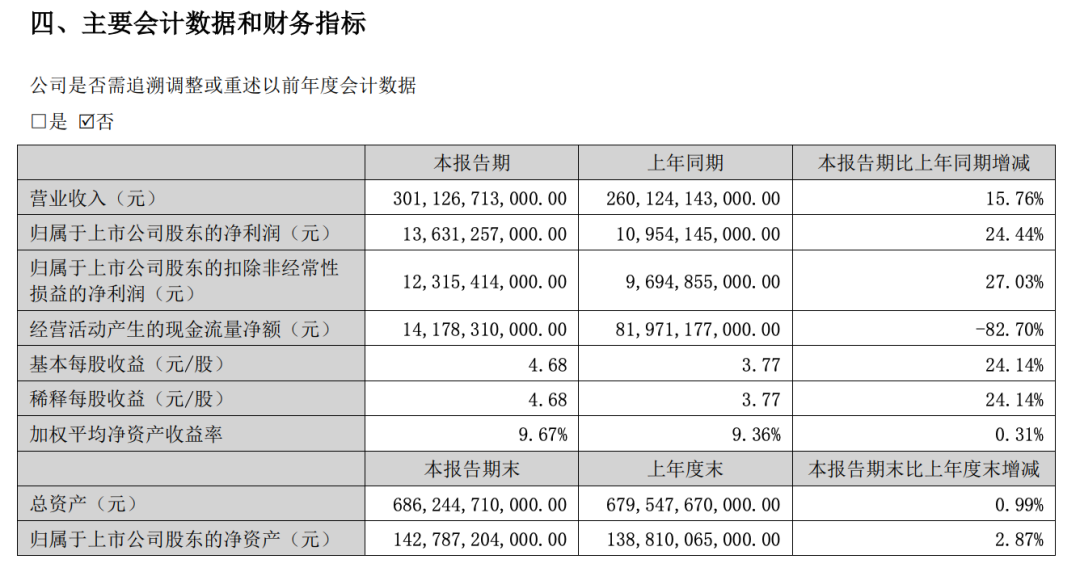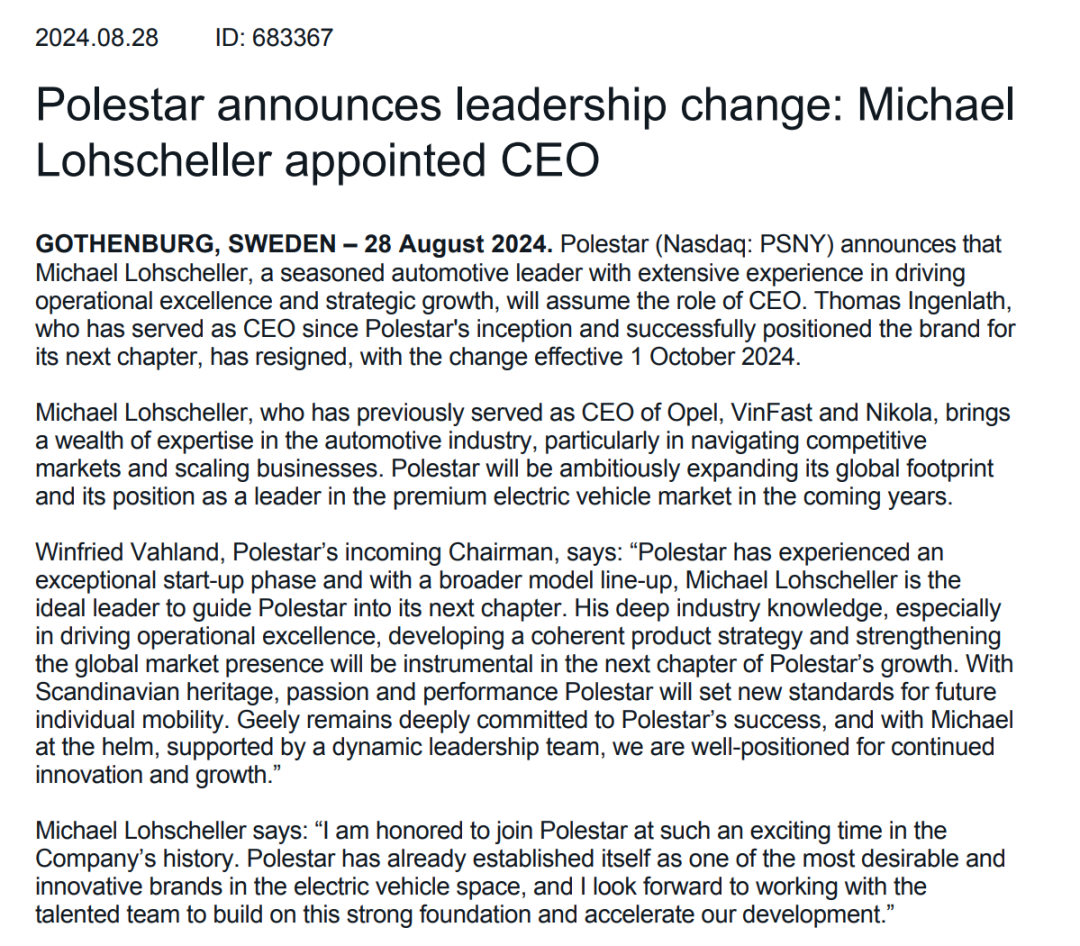On July 26, the China Passenger Car Association announced the import sales volume of Chinese automobiles in the first half of 2024. The data shows that in the first half of 2024, the automobile import was 332,000 units, a year-on-year decrease of 4% and showing a negative growth for three consecutive years.

According to different countries, in the first half of this year, the top three countries in terms of import volume are Japan, Germany and the United States, with import sales of 99,800 units, 87,300 units and 56,700 units respectively. Among them, Germany decreased by 25% year-on-year, while Japan and the United States increased by 34% and 1% respectively. In addition, Hungary, which also entered the top ten, increased by 89% year-on-year, and the rest of the countries all showed different degrees of decline trend. The sales of Slovakia and South Korea showed double-digit declines, with declines of 28% and 11% respectively. In terms of sales data, the still relatively good performing countries of imported cars in the first half of this year are still Japan, Germany and the United States, but compared with the same period last year, the decline in Germany is obvious, while the United States only has a slight increase.
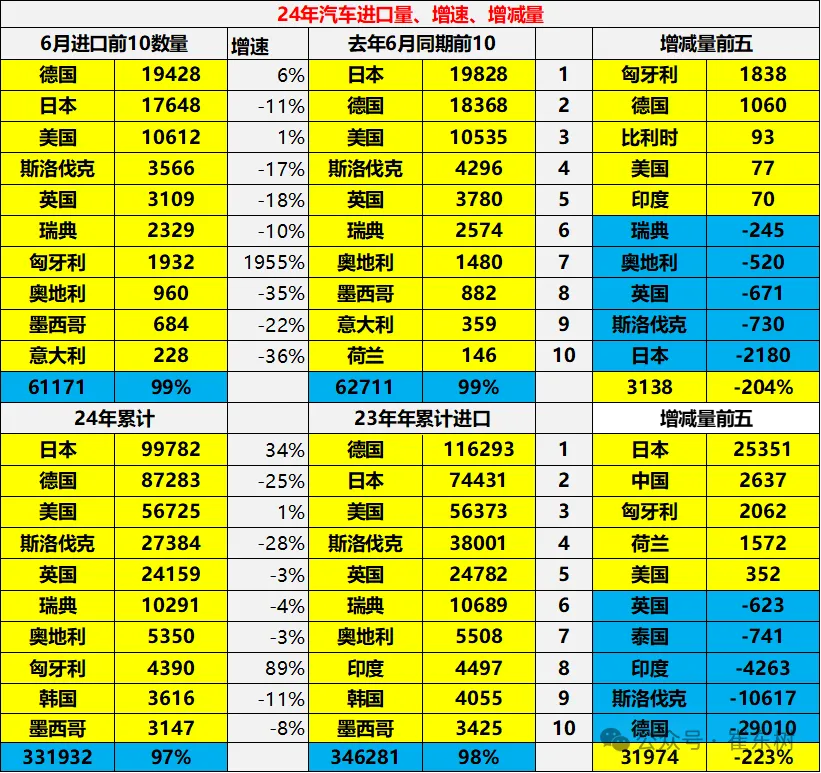
According to different brands, in the first half of this year, the top three imported brands are BMW, Lexus and Mercedes-Benz, with sales of 91,900 units, 84,800 units and 67,400 units respectively, and the former two increased by 1% and 20% respectively year-on-year.
Judging from the year-on-year growth rate of sales in the first half of the year, Lexus has a relatively obvious increase, and it is the brand with the highest year-on-year growth in the list. It should be noted that before this, Lexus has shown a declining trend for three consecutive years. For reference, from 2021 to 2023 in the same period, Lexus decreased by 7%, 16% and 2% respectively. Regarding the reason for the sales decline, industry insiders believe that on the one hand, the purchase preference of the domestic market has changed. With the rise of domestic independent brands and new forces, the growth momentum of new energy vehicle brands is strong, which squeezes the market share of luxury brands and imported cars; on the other hand, it is the improvement of consumers’ perception of the brand image, and the high-end image of imported brands begins to weaken.
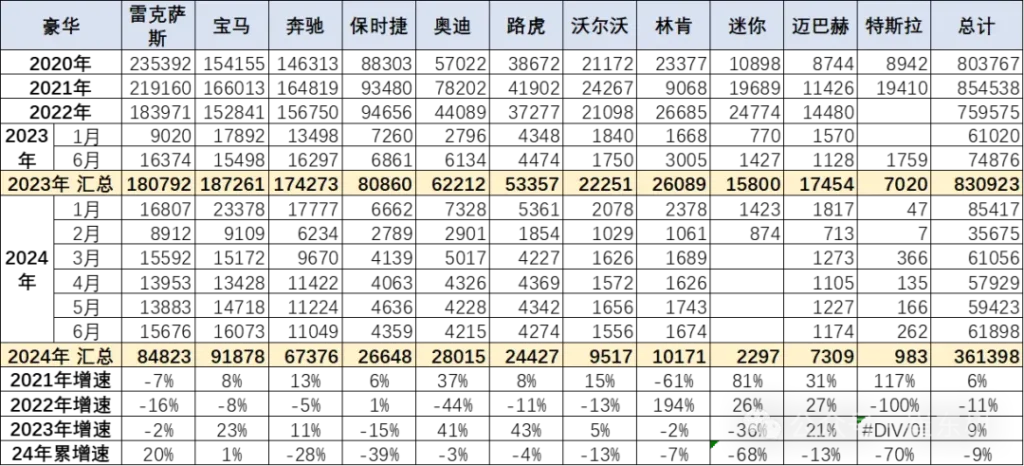
A few days ago, the media reported that on the premise of Lexus building an independent factory in China, it will take the lead in realizing the production of a new UX hybrid version and a new pure electric vehicle. While the new cars are sold in the Chinese region, they will also be sold to overseas markets such as Japan at the same time. However, at that time, in response to the relevant news that the two new energy products will be produced in China first, both Toyota China and Lexus China responded to reporters that “it’s rumor news and will not be commented on.” Before this, there was a market rumor that Toyota is negotiating with the relevant departments in Shanghai about the possibility of building a wholly-owned factory.
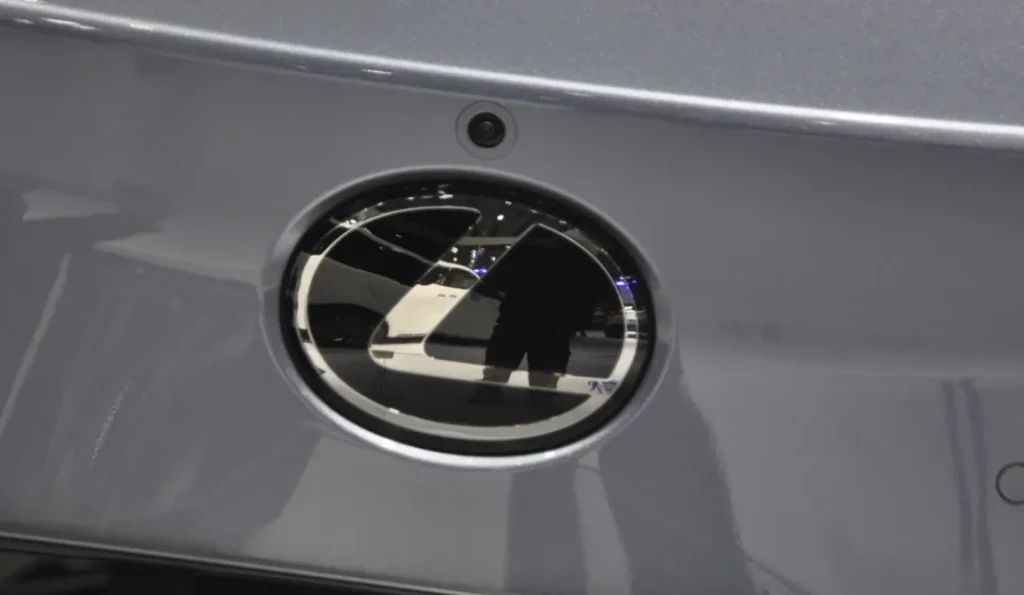
Looking back at the list, among the BBA camp, BMW is the only brand that achieved a slight growth, increasing by 1% year-on-year to 91,900 units, while Mercedes-Benz and Audi decreased by 28% and 3% respectively, with sales of 67,400 units and 28,000 units respectively, showing an obvious differentiation phenomenon at the import sales end.
The fifth-ranked is Porsche, with a cumulative export sales of 26,600 units in the first half of this year, but a year-on-year decrease of 39%. As one of the representatives of luxury brands, Porsche’s brand heritage is unmatched by many current automobile brands, but with the transformation of the auto market, Porsche’s days are also not easy. On July 22, Porsche in Germany said that it is expected that the time required for the transformation to electric vehicles will be longer than imagined five years ago, and at the same time it said it will give up the goal of electric vehicles accounting for more than 80% of Porsche’s new car sales by 2030.
In addition to the above brands, Land Rover, Lincoln, Volvo, Maybach also showed different degrees of decline, decreasing by 4%, 7%, 13% and 13% respectively. However, compared with luxury brands, the sales performance of super-luxury brands in the first half of the year is even more dismal, including Bentley, Maserati, Ferrari, Rolls-Royce, Lamborghini, Aston Martin, McLaren, the sales decline in the Chinese market is more than double digits, among which McLaren plummeted by 92%; Maserati and Aston Martin also decreased by 70% and 50% respectively.
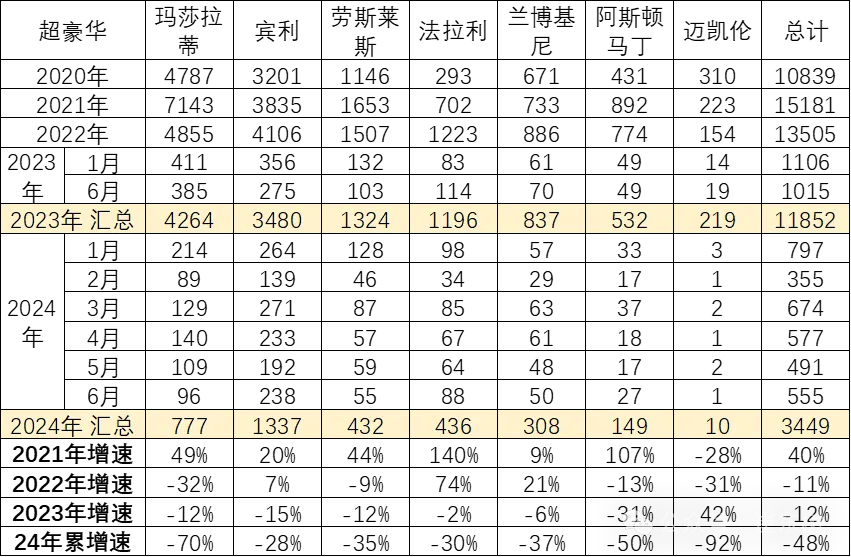
In general, in the first half of this year, the domestic imported cars mainly rely on the demand support of luxury cars, while the overall trend of super-luxury is weak. In addition, the imported cars of joint-venture brands have shrunk rapidly, including brands such as Toyota, Volkswagen and Subaru have seriously shrunk.
With the continuous strengthening of the Chinese automobile industry, domestic cars have risen rapidly, and the electric transformation has changed the market demand of fuel cars. In recent years, tremendous changes have occurred in the Chinese imported car market. The data shows that in 2014, the cumulative import volume of domestic automobiles was 1.43 million units, and then the sales began to decline, of which it was 1.24 million units in 2017, and only 800,000 units remained in 2023, a year-on-year decrease of 10%. And since 2024, the decline trend of imported car sales is still continuing. In contrast, the current export sales of Chinese automobiles are continuously increasing.
According to the data of China Automobile Data Research, in the first half of 2024, the export volume of Chinese automobiles was 2.248 million units, a year-on-year increase of 34%, among which the top ten automobile brands of Chinese automobile exports are Chery, MG, BYD, Geely, Tesla, Haval, Changan, Baojun, Jietu, and Yueda Kia.
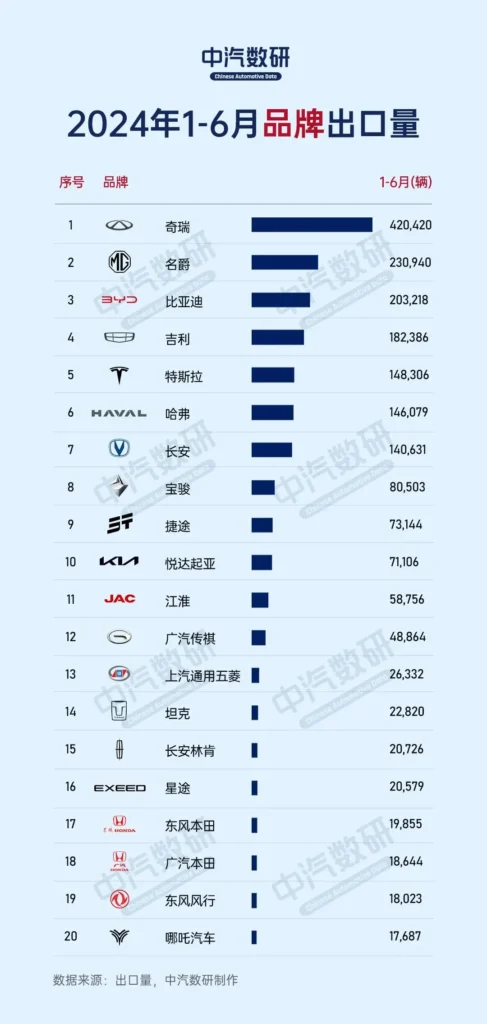
Among them, the Chery brand continued to firmly rank first in the list with a sales volume of 420,400 units. Four models including Tiggo 7, Tiggo 5X, OMODA and Tiggo 8 have all entered the top ten of the export model list, and it is the brand with the most models on the list.
MG and BYD ranked second and third in the list respectively, with sales of 230,900 units and 203,200 units respectively. Among them, MG ZS ranked fifth with a sales volume of 63,100 units; Geely Automobile and Tesla both entered the top five in the list, with sales of 182,400 units and 148,300 units respectively. Among them, Model 3 and Model Y both entered the top ten export models, and Model 3 ranked second in the list with an export volume of 91,400 units, while Model Y was 49,200 units, ranking ninth in the list.
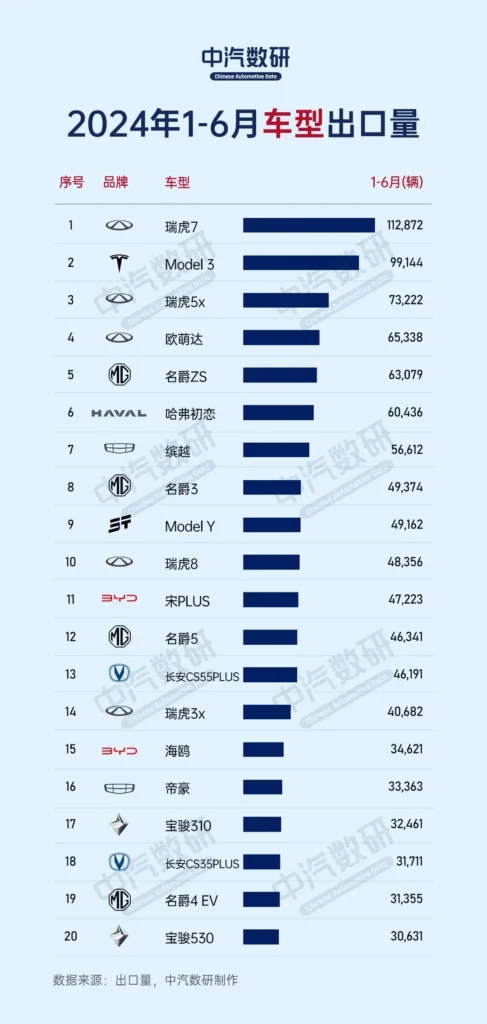
In addition, Haval, Changan, Baojun, Jietu and Yueda Kia also all entered the top ten, with export volumes of 146,100 units, 140,600 units, 80,500 units, 73,100 units and 71,100 units respectively. Outside the top ten of the list, JAC Motors, GAC Trumpchi, SAIC-GM-Wuling, Tank and Lincoln Changan ranked eleventh to fifteenth in the list, and Exeed, Dongfeng Honda, GAC Honda, Dongfeng Fengxing and Nezha Automobile entered the sixteenth to twentieth in the list.
To sum up, compared with imported cars, the export volume of domestic automobiles has increased very rapidly. At the same time, with the increasingly fierce competition in the domestic market, more and more Chinese auto companies are going abroad. Including Great Wall, BYD, Changan, SAIC, and Chery have all begun to invest and build factories in overseas markets. It is true that the export of Chinese independent brands has become more and more advantageous. Industry insiders believe that more auto companies will join the ranks of going overseas in the future, and more domestic cars will go to the world.
As for the subsequent development of imported cars, Cui Dongshu, secretary-general of the China Passenger Car Association, said previously: “In the future, increasing the incremental promotion of imported cars to promote the recovery of consumption growth throughout the year still has great potential. But with the continuous complication of international relations, it is still necessary to establish more import models in advance to maintain a reasonable scale of imported cars.”
